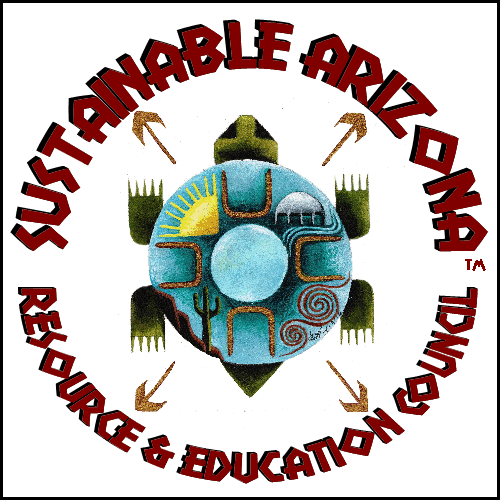Walmart to Purchase Only Cage-Free Hen Eggs By 2025
Walmart announced last week it plans to source 100 percent of the eggs it sells at its Walmart and Sam’s Club stores in the U.S. from cage-free suppliers by 2025. That’s big news, especially considering the company is the largest grocer in the country. But what exactly does cage-free mean?
If you’re picturing happy flocks of chickens scratching away for insects on a sunny hillside somewhere (the kind of images egg companies love to adorn their cartons with), you’d be wrong. Cage-free facilities can still be industrial-scale chicken farming where thousands of hens spend their lives indoors in what many would consider cramped conditions.
Walmart will require all their egg suppliers to be certified by United Egg Producers and compliant with the trade organization’s Animal Husbandry Guidelines. The UEP—which represents U.S. chicken farmers who own about 95 percent of the country’s laying hens—updated its guidelines this year, including the standards for cage-free operations. Based on the guidelines each hen should be allotted between 1 and 1.5 square feet of space and 6 inches of elevated perch space, and 15 percent of the usable floor of the hen house must be a scratch area. This setup allows the birds to exhibit some of their natural instincts such as dust-bathing, scratching, perching, and wing flapping. There’s no provision that the birds be allowed outdoors.
One issue not fully addressed by Walmart is beak trimming, the practice of removing part of the top and bottom of a bird’s beak in order to prevent the animals from pecking each other in close quarters under stressful conditions—and in some cases cannibalizing each other. (The term “pecking order” is very much rooted in reality.) The procedure is painful, sometimes chronically so, and may reduce the chicken’s ability to eat. The UEP suggests that it only be carried out by “properly trained personnel monitored regularly for quality control,” that egg producers use more docile breeds that don’t require beak trimming, and that the procedure be done only when necessary to prevent feather pecking and cannibalism.
A spokesperson representing Walmart told Modern Farmer in an email that besides requiring their egg suppliers to be certified by the UEP and compliant with the organization’s husbandry standards, Walmart is “challenging” the suppliers to use “selective breeding, innovation, and best management practices to improve the health and welfare of laying hens. This includes improving injury and mortality rates and reducing painful procedures like beak trimming.” The egg suppliers aren’t required to strictly adhere to these best management practices but rather to use them as a goal to work toward.
All that said, Walmart’s move is being praised by animal welfare groups as a positive step in the right direction, including Compassion in World Farming (CIWF), the Humane Society of the United States, and the American Society for the Prevention of Cruelty to Animals (ASPCA). Battery cages have been decried as a cruel practice in which the birds live out their entire lives in a space measuring between 67 and 86 square inches. They don’t allow chickens to spread their wings, much less express any of their other natural instincts.
Since 2012, CIWF has worked with Walmart and other global food companies on animal welfare improvements through its Business Benchmark for Farm Animal Welfare program (as have the ASPCA and the Humane Society). Walmart’s plan to go cage-free is the first step towards improving the lives of laying hens, according to Nina Farley, CIWF USA’s digital advocacy manager. CIWF believes free-range and pasture-raised systems would be better, but Walmart doesn’t currently have a public policy about exclusively sourcing from either free-range or pasture-raised suppliers, Farley tells Modern Farmer in an email. (And, it’s worth noting, neither free-range nor pasture-raised labels have quantifiable requirements.)
“We are pleased to see Walmart’s taking seriously their intention to eliminate cages throughout their supply chain, and we will continue to work with them to ensure their deadline for 100 percent cage-free eggs is met or exceeded,” says Farley. “We also aim to continue working with Walmart to address common inhumane farming practices for other species such as fast growth rate genetics for broilers, gestation crates for pigs, veal crates for calves, and tail docking and castration without pain medication.”
Mike Badger, the director for the American Pastured Poultry Producers Association, a trade organization for pasture-raised chicken growers, is taking a wait-and-see attitude to the news.
“Ask me in nine years after Walmart hits its goal. Right now, it makes good press,” he says. “Businesses listen to their consumers. If consumers demand, by choosing to buy eggs that are raised to higher welfare standards, then businesses will follow. We won’t need to spend so much energy lobbying industry into taking what is essentially a cage-free half-measure of marginal consequence in terms of welfare and quality of egg.”
Editor’s Comment: This is a good thing in the poultry industry which maintains terrible practices. Moving to cage-free hens will cost more. Will Walmart pay the difference or simply force farmers to earn even less money than they do now? Meanwhile, if Walmart would just treat its employees with the same respect by providing livable wages, complete health care and pensions plus maternity and sick leaves – then it would be showing a commitment to sustainable development.

